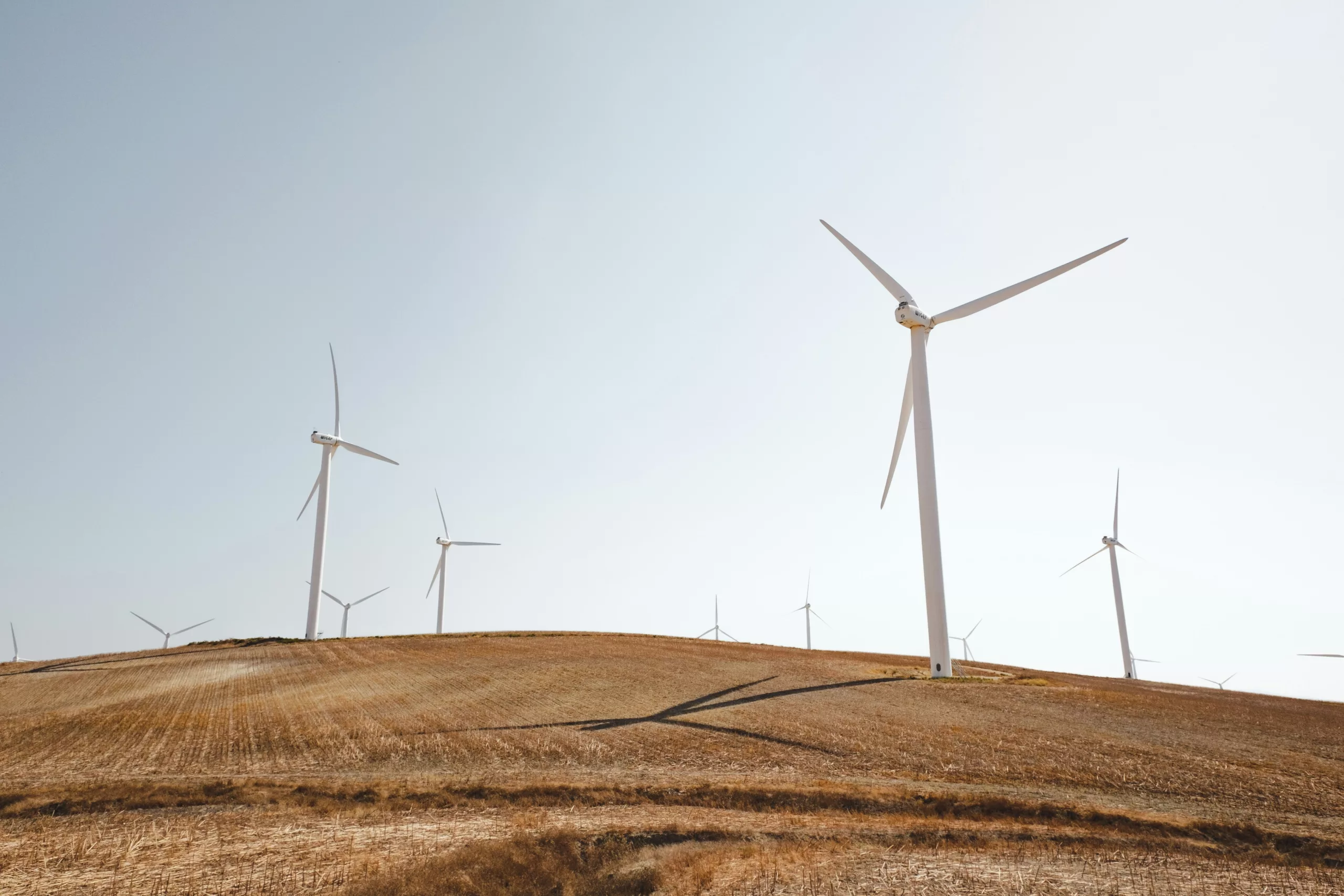The expansion of wind energy is crucial in the pursuit of renewable energy goals, yet the field faces a significant challenge: a potential shortage of skilled workers. Addressing this concern, the U.S. Department of Energy‘s National Renewable Energy Laboratory (NREL) has released a promising report outlining strategies and opportunities to combat this pressing issue.
The National Wind Workforce Assessment: Challenges, Opportunities, and Future Needs report brings to light the disconnection between wind energy companies and potential employees, revealing that hiring entry-level and experienced professionals is equally problematic. The research expands upon previous findings by incorporating insights from various stakeholders, including students, professionals, business entities, and educational programs. This multifaceted perspective is instrumental in pinpointing where partnerships and targeted training could substantially narrow the workforce gap in wind energy.
Jeff Marootian, from the Energy Efficiency and Renewable Energy sector, highlights the burgeoning growth of the clean energy economy and stresses the importance of implementing these strategies to cultivate a skilled and diverse workforce for the future.
Key Strategies to Enhance Wind Energy Workforce Development
The report identifies several critical strategies to enhance workforce development in the wind energy sector.
Connecting Education and Industry
Addressing a significant gap in awareness, the report suggests that educational institutions and industry partners collaborate effectively to introduce students to career opportunities in wind energy. Astonishingly, 60% of students surveyed feel uninformed about the industry within their academic programs, while a similar percentage of firms have no partnerships with educational bodies. By coordinating efforts, both factions can better prepare students for the wind energy job market.
Nurturing Future Talent
An example of these partnerships in action is the DOE-funded Collegiate Wind Competition (CWC), which provides essential industry experience to participants. The program has been successful in motivating students to pursue careers in wind energy. With the 2024 CWC soon approaching, collegiate teams are encouraged to apply for the following year’s competition to gain invaluable experience and insight.
Building Clear Career Pathways
The importance of practical experience cannot be overstated, with many students and graduates finding it challenging to obtain the necessary training to enter the field. Internship and apprenticeship programs are key to bridging this gap and should be prioritized by educational institutions and industry firms alike.
Commitment to Inclusivity
Another focal point is the commitment to inclusivity within the wind industry. The report indicates that many firms lack dedicated initiatives to diversify their workforce. Thus, it calls for concerted efforts to foster diversity, equity, and inclusion by establishing strategic partnerships with community organizations and training programs.
Modeling the Workforce Challenge
NREL’s innovative modeling lays bare the stark contrast between future workforce demands and supply—a predicted deficit of 124,000 workers by 2030. This underlines the urgency of implementing the report’s proposed strategies to ensure a robust wind energy industry workforce.
Facilitating Stakeholder Engagement and Understanding
To further aid stakeholders, the report includes a series of presentations targeting different groups, from educators to industry employers. These presentations aim to synthesize stakeholder experiences and offer actionable steps to enhance the perception of the wind energy sector, facilitate career opportunity awareness, and alleviate hiring difficulties.
Ultimately, the National Wind Workforce Assessment report not only highlights current challenges in wind energy employment but also charts a path forward to ensure a skilled and diverse workforce is ready to meet the demands of a growing industry.
